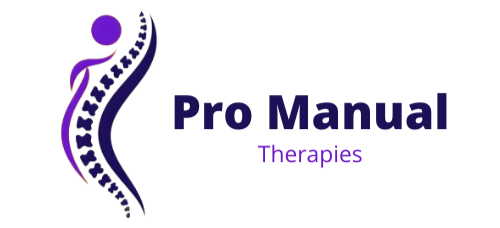Back pain can significantly impact your daily life, making it challenging to perform routine activities, such as sitting, standing, walking, or lifting objects. The back is a complex structure comprising bones, muscles, ligaments, and nerves, all of which can contribute to various sources of discomfort. Understanding the potential causes of back pain is essential for effectively managing and alleviating symptoms.
- Muscle Strain or Sprain: Overstretching or tearing of the muscles or ligaments in the back, often due to sudden movements, improper lifting techniques, or poor posture, resulting in localized pain, stiffness, and reduced mobility.
- Herniated Disc: Damage or rupture of the intervertebral discs, which act as cushions between the vertebrae in the spine, leading to the compression or irritation of nearby nerves, causing pain, numbness, tingling, or weakness that may radiate into the buttocks, legs, or feet.
- Degenerative Disc Disease: Wear and tear of the intervertebral discs over time, resulting in decreased disc height, loss of elasticity, and potential disc herniation, leading to chronic back pain, stiffness, and reduced flexibility.
- Spinal Stenosis: Narrowing of the spinal canal or neural foramina, typically due to age-related changes, arthritis, or bone spurs, leading to compression of the spinal cord or nerve roots, causing pain, numbness, tingling, or weakness, particularly with standing or walking.
- Osteoarthritis: Degenerative joint disease characterized by the breakdown of cartilage and bone in the spine, leading to inflammation, stiffness, and pain, especially in the lower back or neck.
- Scoliosis: Abnormal curvature of the spine, often appearing as an "S" or "C" shape when viewed from the back, leading to asymmetry, muscle imbalances, and potential back pain or discomfort, particularly during adolescence or adulthood.
- Ankylosing Spondylitis: Inflammatory arthritis affecting the spine and sacroiliac joints, leading to stiffness, pain, and decreased mobility, often starting in the lower back and progressing upward over time.
- Muscle Imbalances: Weakness or tightness in certain muscle groups, such as the core muscles or hip flexors, leading to postural abnormalities, increased stress on the spine, and potential back pain.
- Vertebral Compression Fractures: Breaks or cracks in the vertebrae, often due to osteoporosis or trauma, leading to sudden-onset back pain, loss of height, and potential deformity.
Experienced Osteopaths
Our clinic has a team of highly skilled osteopaths who specialize in diagnosing and treating hip pain. They use advanced techniques and personalized treatment plans to address the root causes of your pain.
Comprehensive Diagnostic Approach
We employ a thorough diagnostic process, including physical examinations and many tests, to accurately determine the underlying causes of your hip pain. This ensures you receive the most effective and tailored treatment.
Holistic Treatment Options
Our clinic offers a range of holistic treatments, including Osteopathy, Joint Mobilization and Manipulation (HVLA), and Post Traumatic Rehabilitation. We focus on alleviating pain, improving mobility, and promoting overall well-being to prevent future issues.
Patient-Centered Care
We prioritize patient satisfaction and comfort, providing individualized care plans and compassionate support throughout your treatment journey. Our goal is to help you achieve long-term relief and improve your quality of life.
